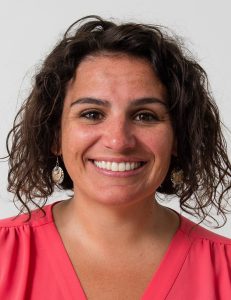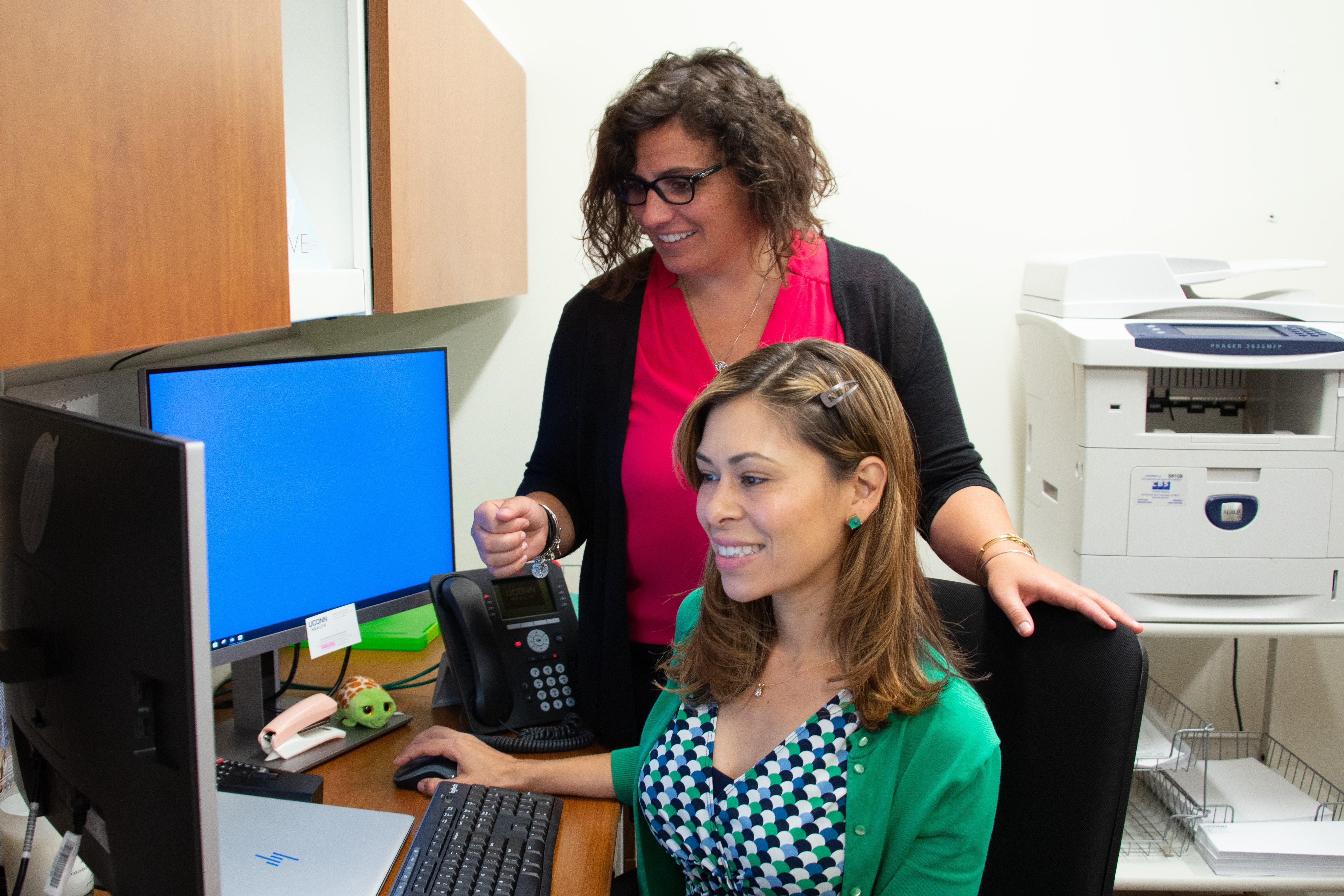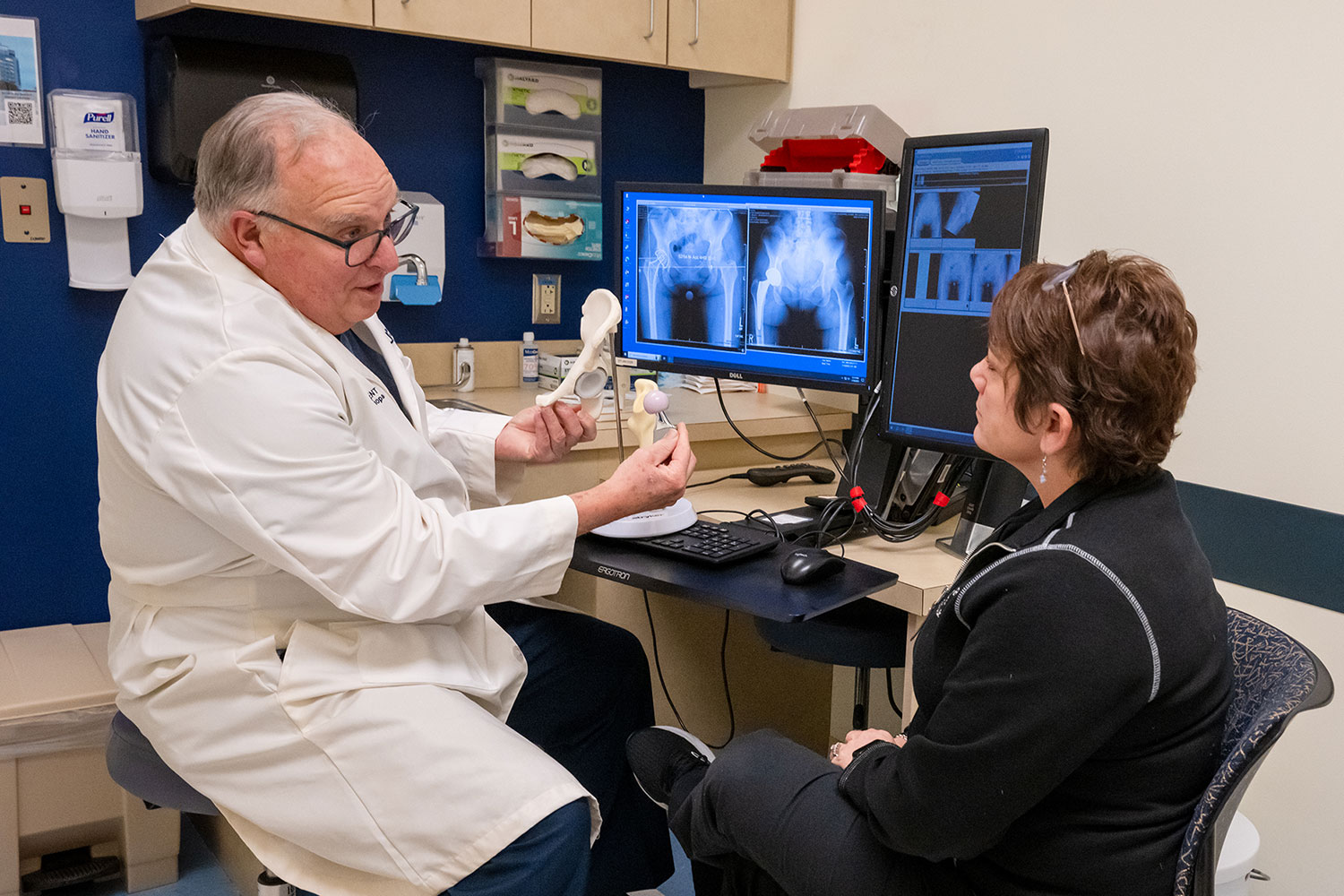UConn Health now has a group that works with patients to remove barriers to preventive care, improving the patient experience and reducing health care costs.

Under the leadership of Khadija Poitras-Rhea, who arrived in February, UConn Health’s population health team is available to support providers in the areas of care management and community health.

Two community health specialists – Angelica Van Ostrand and Jasmine Ortiz – work to connect patients with local resources to address obstacles such as transportation, medication expenses, food and nutrition needs, or lack of caregiver support in the home.
“Once we’ve assisted patients in meeting these basic needs, they can focus on their health care,” Poitras-Rhea says.

The care management piece is for patients with complex medical needs, such as multiple chronic conditions, new diagnoses, or a poor track record managing their conditions. Nurse Celena Kapushinski, the clinical patient navigator, is an ongoing partner in their care, staying in regular contact with patients, setting goals and reminding them to keep their appointments.

“I think it’s a huge relief of the burden on the physicians and their staff, because currently the patients come in and they have all these issues and things that they need and they’re often asking the medical assistants to help them with things like transportation,” Poitras-Rhea says. “Or they’re not telling us that they need assistance, which can result in missed appointments.”
The program has been up and running since late June, partnering with primary care, family medicine, and geriatrics providers. The group also works with the emergency department and case managers, with the long-term objective of reducing readmissions.
Poitras-Rhea has been making the rounds, meeting with providers to spread awareness of her population health team and how it can help patients.
“I always say, ‘If you feel like your patients need additional touches in between those visits that are every three months or every six months,’ those are people we can routinely reach out to, every week, every month,” she says. “We’ll also follow up with the patients to make sure they were able to obtain the resource, and close the loop and inform the provider that we’ve addressed the issue.”
Providers can refer patients to the population health team through Epic, by sending a message to Care Coordination Pool. A formal referral order is not necessary.



